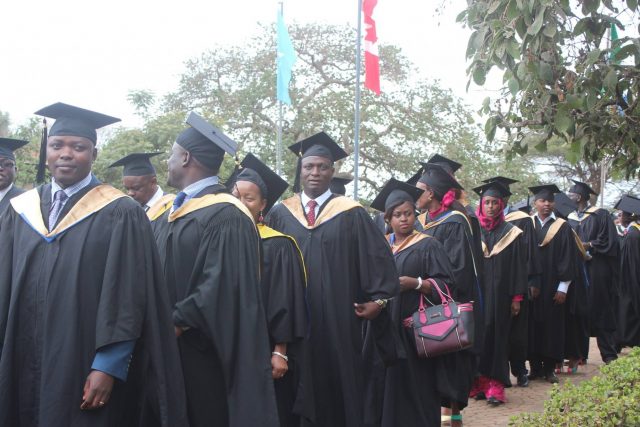
It took HELB a while to realize what befell some of its beneficiaries. At the beginning of the year, HELB Chief Executive Officer Charles Ringera announced that if its target of Ksh 4.9 billion is not achieved, a third of the 370,000 students in universities and technical and vocational education and training (TVET) colleges who are beneficiaries will not get loans for remaining part of the 2019/2020.
Of the Ksh 4.9 Billion, HELB is already falling short of its target by Ksh 55.6 million which it has been forced to write off after it established that 653 beneficiaries have since passed on. 110 of the beneficiaries were killed in the April 2015 Garissa University terror attack that claimed 147 people, amounting to Ksh 7.82 million loss to the financier.
This amount accumulates to Ksh 7.7 Billion HELB is struggling to recover from some 78,328 loan defaulters as of 31 December last year. In the past 24 years, HELB has put more than 946,000 students in universities and Technical and Vocational Education and Training (TVET) Colleges, disbursing over Ksh 110 Billion.
Despite continued warnings of prosecution, credit bureau listings, and deployment of specialized debt recovery agents, past beneficiaries have been defiant and unnerved about repaying their debts. HELB missed its half-year collections target by around Ksh100 million to collect Ksh2.2 billion against the Ksh2.3 billion target.
In November last year, HELB threatened to name and publish photos of those who defaulted the repayment of the loan since 1975 on local dailies and gave them a 30-day deadline, failure to which would result in legal recourse. But this course of action was not well received by the public, forcing the agency to back down.



